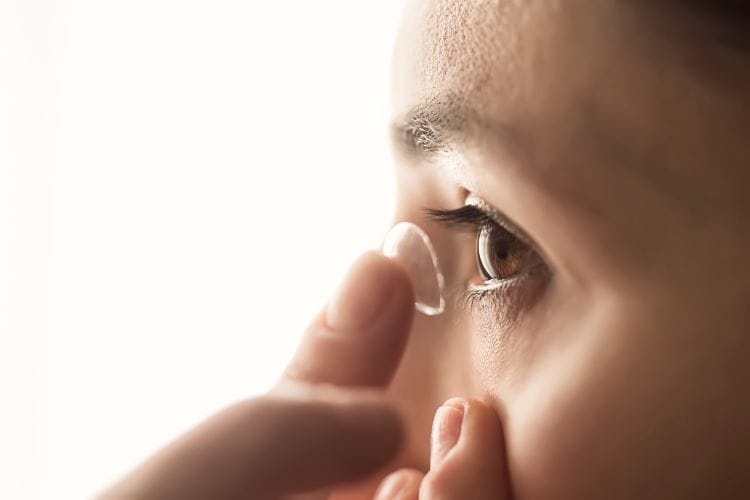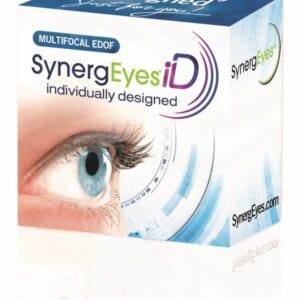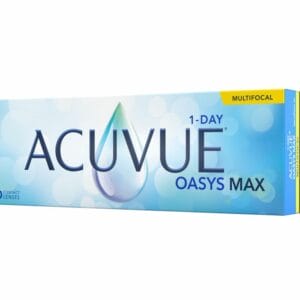December 8, 2023
We, as practitioners, understand that our primary role in eye care is to help patients see comfortably and clearly while protecting them from any future damage to the eye. However, we do something every single day that puts our patients in jeopardy: fitting contact lenses. They are not without any risk, just as any medical device, and we manage their possible complications and adverse events throughout a lens wearer’s lifetime.
When patients reach presbyopic age, we are now working against our eye’s natural physiology. As time goes on, we become less efficient at production of meibomian glands, more likely to develop inflammation and systemic disease, more likely to take medications that promote dryness, and more likely to have lifestyle changes that can affect the ocular surface. All of these things happen despite our best efforts to turn back the hands of time.
Vision, Comfort, and Convenience Behind Contact Lens Dropout Rate
With contact lens wear, we are compounding all of these changes in a delicate balance of science and nature. The average tear film is somewhere in the neighborhood of 6 uL, which gets split into two when a piece of plastic is introduced for vision correction. The average contact lens is 0.1mm, which is almost 30x the size of the pre-lens tear film. We are asking the eyes to keep this piece of plastic hydrated between a decreased blink rate over a 12- to-16-hour day. If they are wearing a reusable lens, multiply this by 14 or 30 days of wear, if we assume the patient is compliant.
In the last 20 years, data has shown the contact lens dropout rate has hovered between 16% to 20%, depending on the study. And think of all the contact lens innovations that have occurred in the last 20 years! We’ve heard a colleague of ours say, “Can you imagine what it would be without these advancements?” We’re continuing to see patients quit wearing contact lenses due to vision, comfort, and convenience. In most of these cases, the patients don’t even bring it up to the doctor as they feel it is something that just happens.
Innovative Designs Key to Better Wearing Experience
We should be proactively choosing materials, designs, and options that are made to reduce impact on dropout reasons. Expanded parameters and innovative designs can help with the vision aspects of the aging process. Newer materials that are developed with the latest science in order to maintain homeostasis and balance on the ocular surface should be prioritized. Some of these new lenses have studies showing reduced shear stress against corneal epithelium in clinical studies, which can help decrease lens awareness and disruption to the ocular surface.
We’ve found that comfort and vision often go hand in hand. Patients who see better in their lenses tend to feel less awareness in the lenses, especially in toric and multifocal toric lenses. Usually when we see these issues, a simple rotation of the axis by 5 or 10 degrees (depending on the lens design in standard lenses) or changing the diameter or base curve in custom soft lenses, can take an otherwise uncomfortable lens and create a better wearing experience.
We know that contact lens wear affects the ocular surface and aging affects the ocular surface. We want to minimize that effect and create happy patients who can continue to wear their lenses year after. By embracing the symbiotic relationship between the lens and the surface and understanding how to be proactive, we’ve continued our success with these patients.





